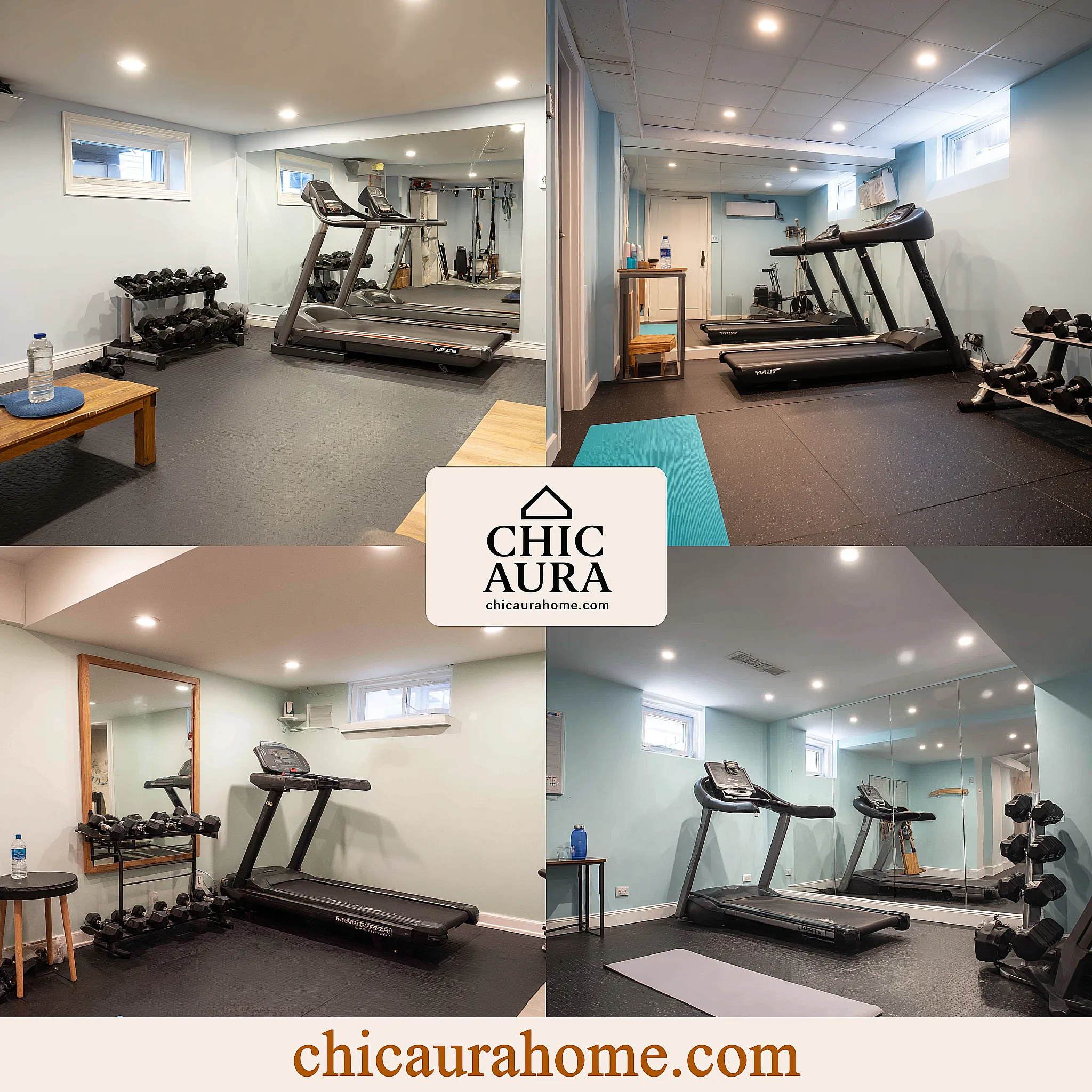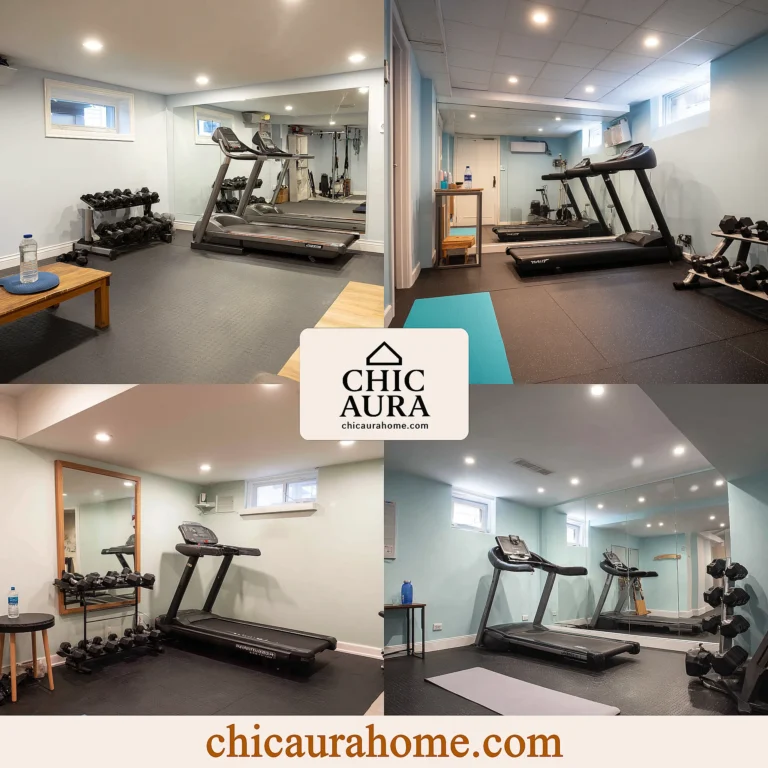
Transforming your basement into a gym is a fantastic way to utilize unused space while promoting a healthy lifestyle. With the right basement gym design ideas, you can create a personalized workout area that motivates you to stay fit. This guide will explore innovative design concepts that cater to various fitness needs and space constraints. Whether you’re a fitness enthusiast or just starting, these ideas will help you design a basement gym that’s both functional and inspiring. Dive into the world of basement transformations and discover how to make the most of your underutilized space.
Maximizing Space with Smart Basement Gym Design Ideas
Creating a gym in your basement requires thoughtful planning to maximize the available space. Opt for multi-functional equipment like adjustable dumbbells and foldable workout benches to save space. Mirrors can make the area appear larger and are essential for checking form during exercises. Consider rubber flooring for durability and noise reduction. Smart storage solutions, such as wall-mounted racks, keep the area clutter-free. Lighting is crucial; bright LED lights can energize the space, making it more inviting. These basement gym design ideas ensure your workout area is efficient, regardless of size.
Essential Equipment for Your Basement Gym
Equipping your basement gym doesn't mean you need to replicate a commercial fitness center. Start with basics like a yoga mat, resistance bands, and a stability ball for versatility. A treadmill or stationary bike is great for cardio, while a squat rack and barbell set cater to strength training. Remember, the key is to choose equipment that aligns with your fitness goals. Space-saving options, like suspension trainers, can offer a full-body workout without occupying much room. Incorporating these elements into your basement gym design ideas will create a balanced and effective workout environment.
Creating an Inspiring Atmosphere in Your Basement Gym
The atmosphere of your basement gym plays a significant role in your motivation. Paint the walls in vibrant colors or add motivational posters to energize the space. A sound system or TV can make workouts more enjoyable. Proper ventilation is essential to keep the air fresh and comfortable. If possible, include a small area for stretching or meditation to cool down after workouts. These basement gym design ideas focus on creating a space that you look forward to spending time in, enhancing your overall fitness journey.
Conclusion
Designing a basement gym is an exciting project that can significantly impact your health and well-being. By incorporating these basement gym design ideas, you can create a space that meets your fitness needs and inspires you to achieve your goals. Remember, the best gym is one that you'll use consistently, so tailor the design to your preferences and lifestyle. As fitness trends evolve, stay open to updating your space with new equipment or decor to keep it fresh and motivating. Start your transformation today and take the first step towards a healthier life.
Frequently Asked Questions
Q: How much does it cost to set up a basement gym?
The cost varies based on the equipment and design choices. A basic setup can start from a few hundred dollars, while a high-end gym can cost several thousand. Prioritize essential equipment and expand over time.
Q: What is the best flooring for a basement gym?
Rubber flooring is highly recommended for its durability, shock absorption, and noise reduction properties. It's also easy to clean and maintain, making it ideal for basement gyms.
Q: Can I install a basement gym without professional help?
Yes, many aspects of setting up a basement gym can be DIY, especially if you're using portable equipment. However, for electrical installations or heavy machinery, consulting a professional is advisable.

